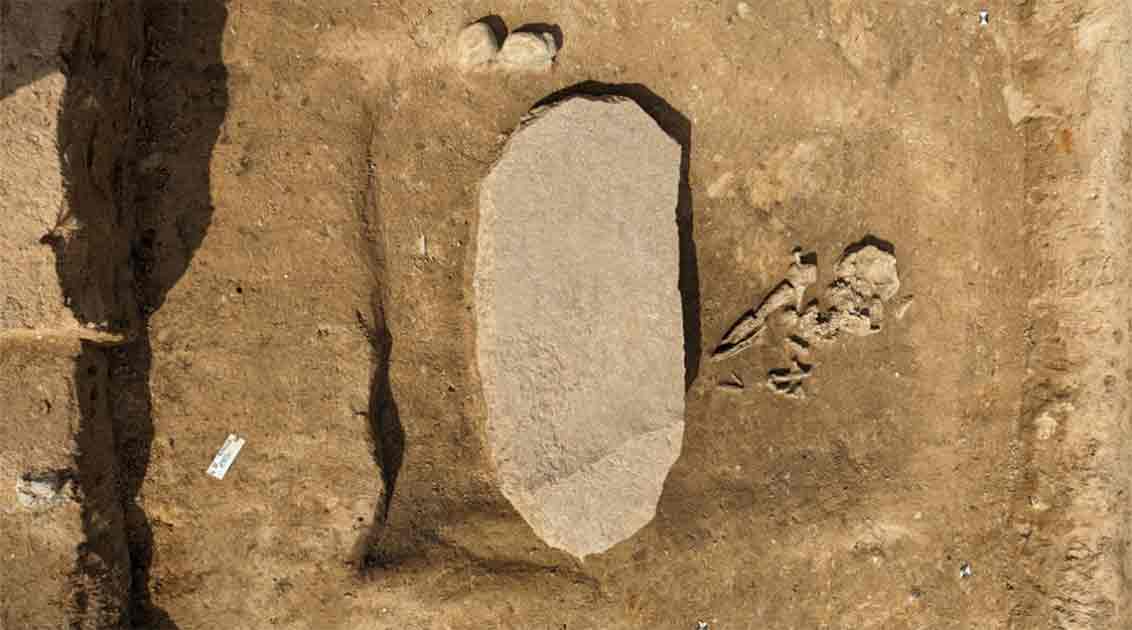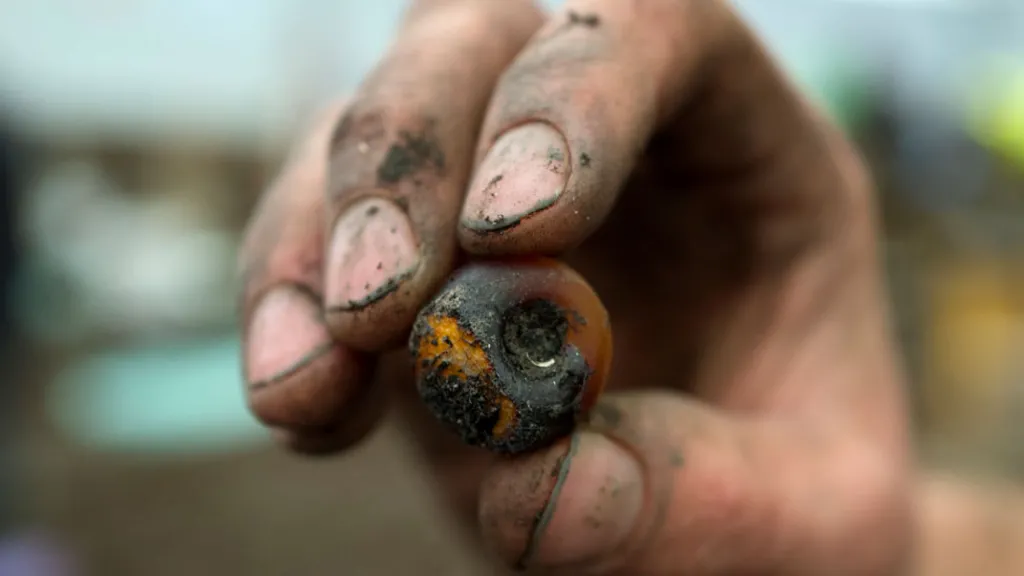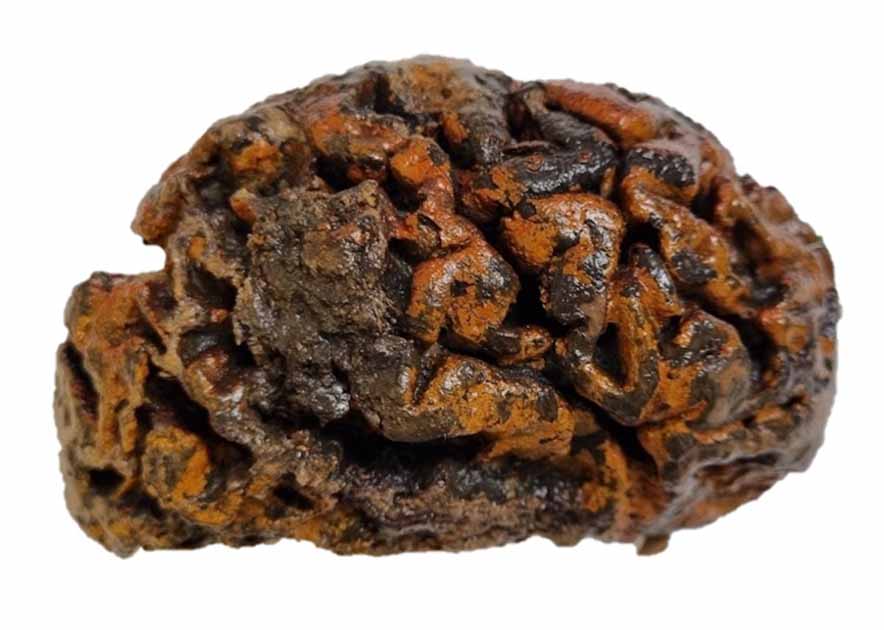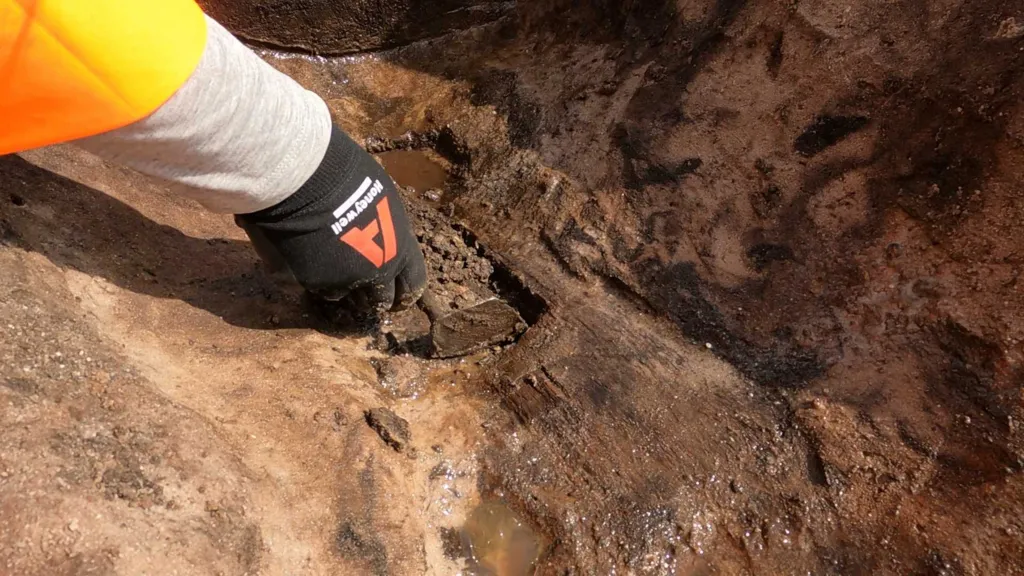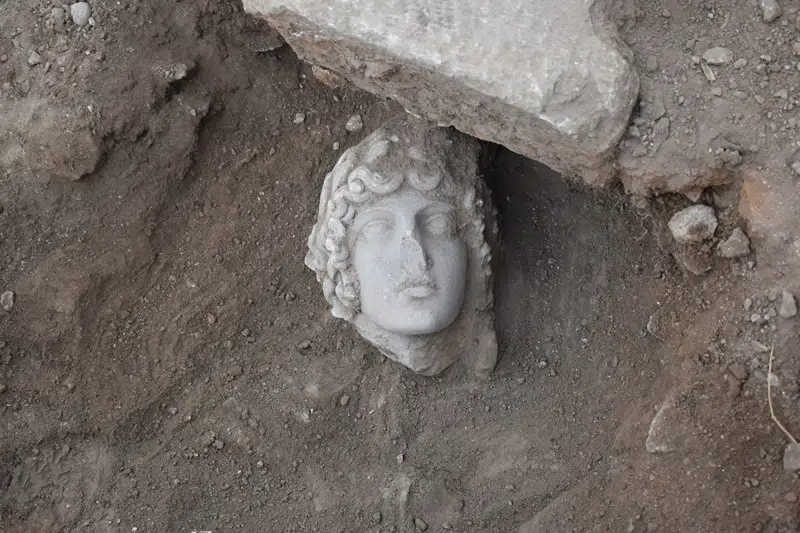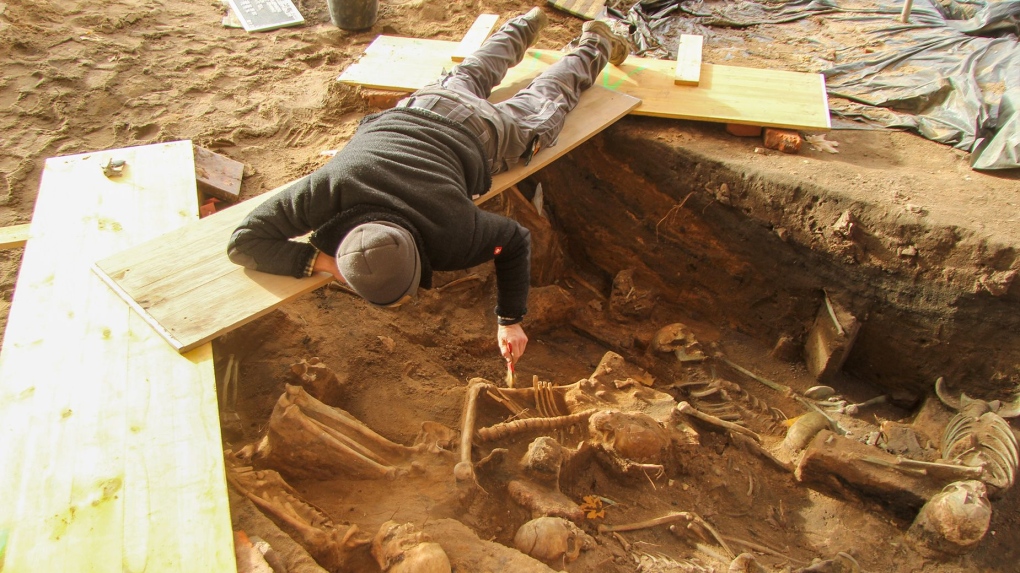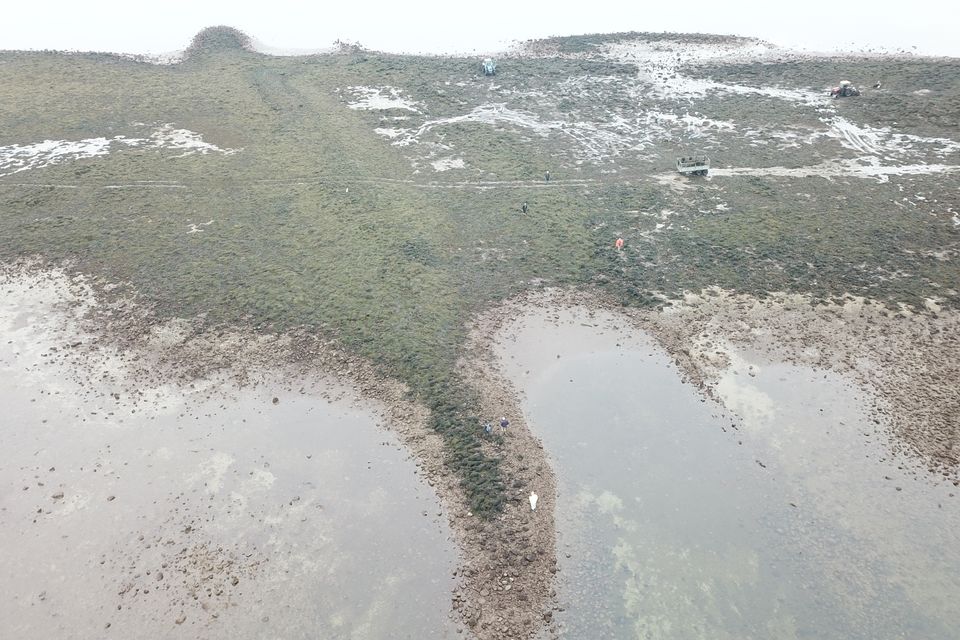Archaeologists have found the grave of a man believed to be at risk of becoming a “zombie” near Oppin in East Germany’s Saxony-Anhalt. The grave contained a 4,200-year-old skeleton.
A so-called zombie grave dating back thousands of years sheds light on the superstitions of Bronze Age Europeans.
The deceased was secured under a large stone to prevent him from rising from the grave to harm the living. The slab was four inches (10 centimeters) thick, 20 inches (50 centimeters) wide and roughly three feet (one meter) long. Its intended function was to prevent the deceased from digging their own grave, as zombies – or more accurately, revenants – are known to do.
The suspected zombie’s grave was unearthed during excavations started along the route of a planned long-distance underground power line known as SuedOstLink, which will transmit electricity from Saxony-Anhalt to Bavaria.
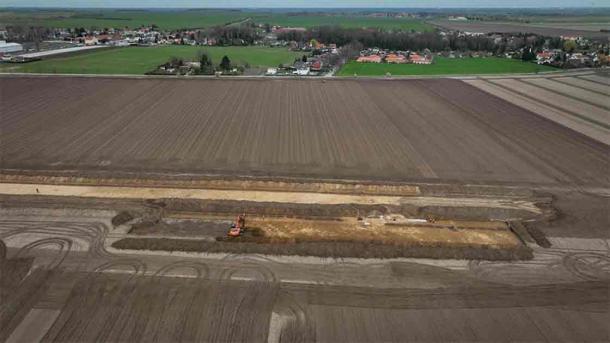
“An adult man, about 40 to 60 years old. He is lying on his left side with his legs bent and facing east,” excavation manager Uwe Moos said at the excavation site. “A large stone, about one meter long, 50 centimeters wide and ten centimeters high, lies on his lower legs.”
According to Moos, the deceased may have been unloved or suffering from a serious illness. “The heavy stone was intended to prevent him from coming back,” Moos said. The man may have come from the Bell Beaker culture – making it the first revenge grave from this period in Central Germany.
While stories about vampires, zombies and other undead ghouls were common in Europe, especially in the Middle Ages, little is known about how deeply the idea of revenge permeated Bronze Age mythology.
The discovery of a zombie grave in East Germany shows that the legends were known in the region as early as the third millennium BC, suggesting that they may have appeared even earlier in prehistory.
“We know that even in the Stone Age people were afraid of relics,” archaeologist and Project Manager Susanne Friederich said in an interview with German public broadcaster MDR. “Back then, people believed that dead people sometimes tried to free themselves from their graves.”
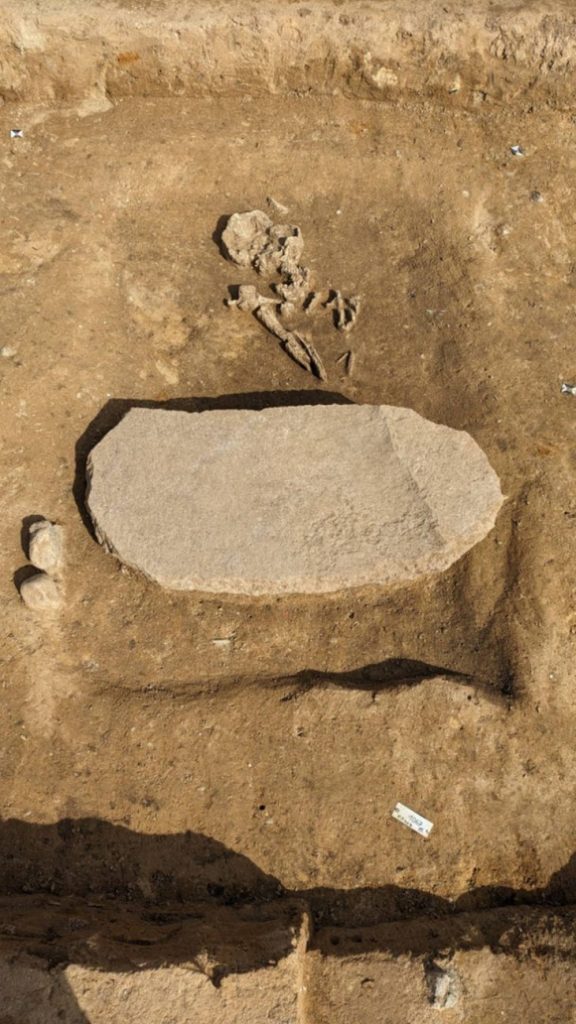
A common theme in many ancient mythologies, especially those of the Celtic and Norse peoples, was the resurrection or zombie. The ancient Greeks had a real fear of revenge, as evidenced by their custom of weighing buried bodies.
The Romans believed in revenge, and putting stone blocks in the mouths of the dead prevented them from resurrecting and eating the flesh of the living, according to a rich literature.
One way to prevent the evil dead from rising was to place a large stone over the body. However, it was not the only one.
“There are even graves where the corpse lies face down,” Friederich said. “If it lies on its stomach, instead of rising to the surface, it goes deeper and deeper … There are also bodies lying on their bellies pierced with a spear, so they were practically pinned to the ground.”
The excavations are taking place ahead of the grid expansion of the direct current line SuedOstLink. The approximately 150-kilometer-long section through Saxony-Anhalt will be archaeologically investigated until 2025. The skeletal remains were exhumed from the Neolithic tomb and are being transported to a laboratory in Halle for further study.
Cover Photo: © LDA Saxony-Anhalt, Anja Lochner-Rechta

